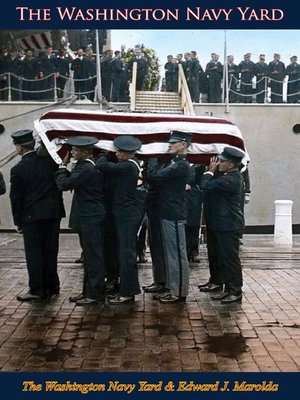
Sign up to save your library
With an OverDrive account, you can save your favorite libraries for at-a-glance information about availability. Find out more about OverDrive accounts.
Find this title in Libby, the library reading app by OverDrive.



Search for a digital library with this title
Title found at these libraries:
| Library Name | Distance |
|---|---|
| Loading... |
During much of the 19th and 20th centuries, the Washington Navy Yard was the most recognizable symbol of the United States Navy in the nation's capital. The shipyard built a number of the Navy's first warships and repaired, refitted, and provisioned most of the frigates, sloops, and other combatants of the fledgling naval service. The masts and rigging of USS Constitution were a common site on the banks of the Anacostia River. Booming cannon became a routine sound in southeast Washington during the mid-19th century as Commander John A. Dahlgren, "father of American naval ordnance," test-fired new guns for the fleet. The Naval Gun Factory's fire and smoke-belching blast furnaces, foundries, and mills gave birth to many of the fleet's weapons, from small boat howitzers to the enormous 14-inch and 16-inch rifles that armed the naval railway batteries in World War I and the Iowa-class battleships in World War II and the Cold War. Rear-Admiral David W. Taylor inaugurated a new era in ship development when he used scientific measurements in his Experimental Model Basin to test the properties of prototype hulls. Before and after World War I, the pioneers of naval aviation experimented in the Anacostia and navy yard facilities with various seaplane types, shipboard catapults, and other equipment that would soon revolutionize warfare at sea.







